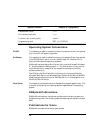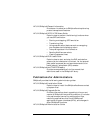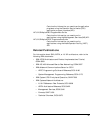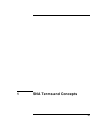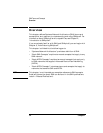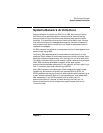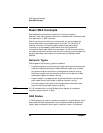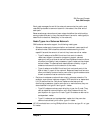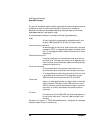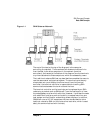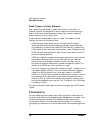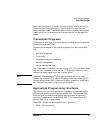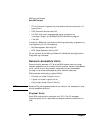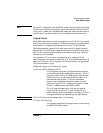
26 Chapter 1
SNA Terms and Concepts
Basic SNA Concepts
Basic SNA Concepts
SNA defines the standards, protocols, and functions used by
devices—from mainframes to terminals—to enable them to communicate
with each other in SNA networks.
SNA functions are divided into a hierarchical structure of separate
layers, each performing a specific set of functions. This division of
network functions into layers enables network devices to share
information and processing resources without having detailed
information about each device on the network. A user at a workstation
can communicate with another user without knowing anything about the
physical devices on the network or the connections between those
devices.
Network Types
SNA supports the following types of networks:
• A subarea network is a hierarchically organized network consisting of
subarea nodes and peripheral nodes. Subarea nodes, such as hosts
and communication controllers, handle general network routing.
Peripheral nodes, such as terminals, attach to the network without
awareness of general network routing.
• A peer network is a cooperatively organized network consisting of
peer nodes that all participate in general network routing.
• A mixed network is a network that supports both host-controlled
communications and peer communications.
NOTE HP-UX workstations running SNAplus2 can be part of a subarea
network, a peer network, or both.
SNA Nodes
In SNA networks, a node is a system, workstation, or other device—with
associated software components—that implements SNA protocols and
has at least one communication path to another node in the network.



